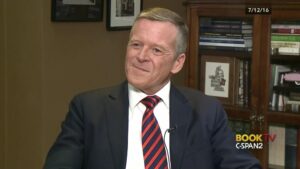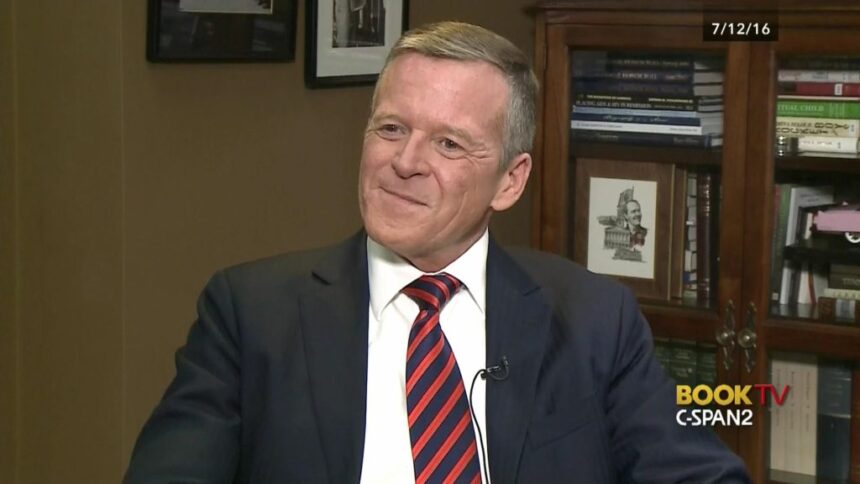
Peter Slen is the senior executive producer and a host at C-SPAN, a television and radio network known for its unbiased coverage of government proceedings. Slen was on campus Sunday to talk to radio talk-show host Dennis Prager as part of a live television event for “In Depth” on C-SPAN’s Book TV.
How did you get where you are today in your career?
You know, I don’t know how I got to where I am today. I don’t know if that’s a good thing or a bad thing, but I feel very blessed to have just about the best job in America today. I get to talk to interesting people, about interesting ideas, and I get paid for it. What’s been in my favor all my life is three things. One, curiosity — you have to be curious. Two, a solid family, where reading and education and knowledge are all readily available and encouraged. Three, a strong educational background. Those will take anyone, anywhere where he or she wants to go. If you get to the point where your vocation is your avocation, life is good.
Why did you want to work with C-SPAN?
C-SPAN is a different animal. The mission of C-SPAN is to provide information and opinion without putting it into context. It doesn’t matter what I say, it really doesn’t. We make sure we’re putting out a lot of variety of viewpoints. Our dedication and commitment and near fanaticism, when it comes to making sure we’re presenting that variety of viewpoints is in a sense what keeps us alive. It’s the long-form, and it’s the original source that really appeals at C-SPAN.
C-SPAN produces both television and radio. Why did you choose one over the other?
I didn’t — it was completely accidental. I was a producer, and there was an incident where one host was sick, and I got put on the air. I guess I was successful, and I’ve been on the air ever since. It’s just one role. It’s maybe 20 percent of what I do at C-SPAN. Most of what I do is behind the scenes. Most of what everybody at C-SPAN does is behind the scenes.
“In Depth” is filmed live. What do you like about live TV, and what are some the challenges?
The biggest challenge of live TV is the biggest thrill of live TV, which is you’re operating without a net. When we hear from viewers around the country, we don’t see them, we don’t know who they are. They could say anything. The thrill of it is the spontaneity — hearing what’s on people’s minds.
Why do you feel having the live version of television is important?
How many opportunities are there for Hillsdale, Michigan, or Santa Monica, California, to call in and ask a thought leader what he or she thinks? There’s very few. Everybody has opinions, a lot of people have opinions on political issues. They should have the legitimate right to call in, as well.
How do you keep your own opinions and thoughts from seeping into the conversation on your show?
I don’t know that I do. I hope I do. I hope you have no idea how I feel about anything. I will hopefully ask fair questions to everybody, allowing them to express their point of view because it doesn’t matter what I think. That’s not why we’re here. The guest is the focus; the caller is the focus. I simply try to be courteous and curious.
You were taking questions for Prager over text message and Facebook. How has technology shaped the way your productions have changed?
If you notice, I was on my phone. I was looking at my phone. Technology has changed the show. The production crew used to have to drag out big screens and teleprompters, and we might have to have a person out here typing up in this teleprompter who the next call is from, but I was getting it right on my phone. Because of that, we’re able to take Facebook, Twitter, and text messages. Technology has been wonderful for us. It’s all right here in my hand. It’s more opportunities for America to call in because it’s not just phone calls now. Voices haven’t changed. The way we communicate them has changed.

